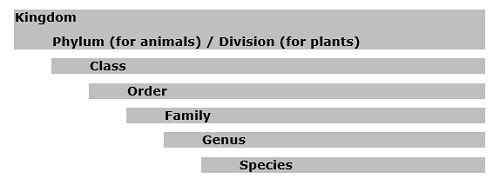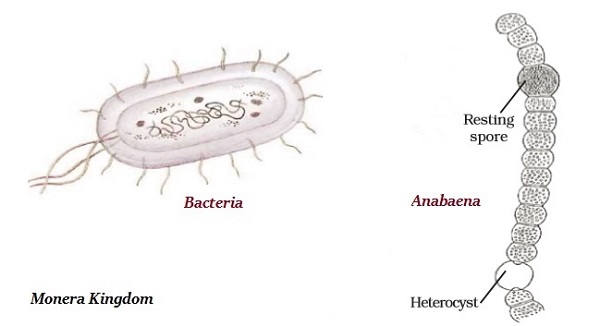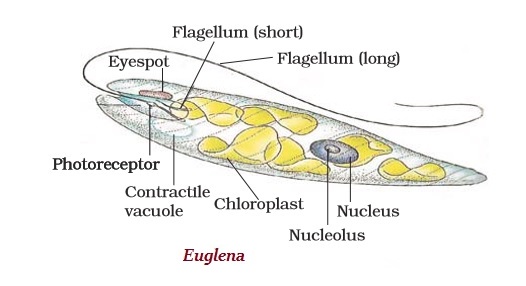
- Biology - Home
- Biology - Structure and Functions
- The Fundamental Unit of Life
- Biology - Tissues
- Biology - Animal Tissue
- Diversity in Living Organisms
- Biology - Plantae Kingdom
- Biology - Animalia Kingdom
- Biology - Vertebrata
- Biology - Transportation in Humans
- Biology - Transportation in Plants
- Biology - Excretion
- Biology - Control and Coordination
- Biology - Hormones in Animal
- How do Organisms Reproduce?
- Biology - Sexual Reproduction
- Biology - Reproduction in Animals
- Reaching the Age of Adolescence
- Biology - Heredity and Evolution
- Biology - Life Processes
- Biology - Respiration
- Microorganisms: Friend and Foe
- Biology - Why do We Fall Ill
- Biology - Natural Resources
- Biology - Our Environment
- Conservation of Plants and Animals
Biology - Diversity in Living Organisms
Introduction
Biodiversity term is used to define the diversity of life forms.
Biodiversity is a word more often used to refer to the variety of life forms found in a particular geographic region.
Diversity of life forms of a geographic region provides stability in the respective region.
Base of Classification
Greek thinker Aristotle first classified animals based on their place of residence whether they lived on land, in water, or in the air.
Later, all the living organisms are identified and categorized on the basis of their body design in form and function.
The idea of evolution was first described by Charles Darwin in 1859 in his book namely The Origin of Species.
Charles Darwin first described this idea of evolution in 1859 in his book, The Origin of Species.
Hierarchy of Classification Groups
Some biologists, namely Ernst Haeckel (1894), Robert Whittaker (1959), and Carl Woese (1977) have attempted to classify all living organisms into broad categories and named them Kingdoms.
-
Whittaker categorized into five kingdoms namely −
Monera
Protista
Fungi
Plantae
Animalia
Further, these kingdoms have been classification by naming the sub-groups at various levels as −

Lets discuss each kingdom in brief −
Monera
The organisms of Monera kingdom do not have a defined nucleus or organelles, neither do any of them show multi-cellular body designs.

The examples of this monera kingdom are bacteria, anabaena, blue-green algae or cyanobacteria, and mycoplasma.
Protista
The organisms of Protista kingdom include many kinds of unicellular eukaryotic organisms.

The examples of Protista kingdom are algae, euglena, diatoms, and protozoans, etc.
Fungi
The organisms of fungi kingdom are heterotrophic eukaryotic organisms.

The organisms of this kingdom use decaying organic material as their food and therefore, they are also known as saprophytes.
Plantae
The organisms of this kingdom are multicellular eukaryotes with cell walls.
The organisms of plantae are autotrophs and they use chlorophyll for making their food (i.e. photosynthesis).
All plants are examples of plantae kingdom.
Animalia
The organisms of Animalia kingdom are all organisms which are multicellular eukaryotes without cell walls.
Organisms of Animalia kingdom are heterotrophs.